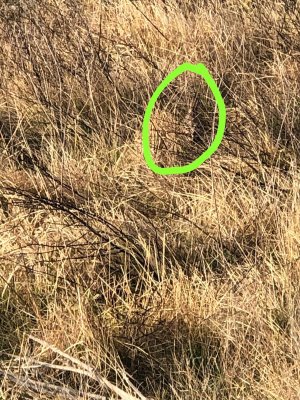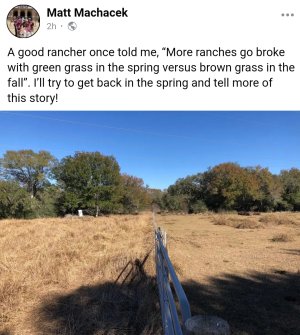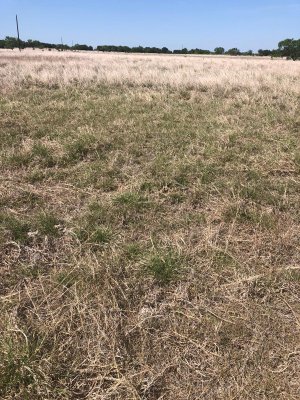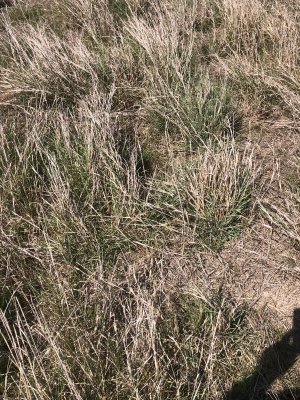rocfarm
Well-known member
Yup. But the fire ants keep our quail knocked back. Either that or our neighbors don't leave enough cover for them to establish properly so our efforts are in vain on that front. Makes me sad. But the deer, turkeys, hogs and such look good this year, in spite of the drought, even if the deer are a bit spindly-horned.Quail love Klein, also, as do deer and turkey. Deer will get on new growth Klein like an oats patch.
Common bermuda is good grass, especially for where its growing. It's growing in those places for a reason. It's easy to establish and extremely hardy compared to the hybrids.
Got lots of the common Bermuda spreading in the 35 acres of old wheat fields and it seems to be able to out compete the other grasses. Hoping to get a good 20 acres or so of it.






